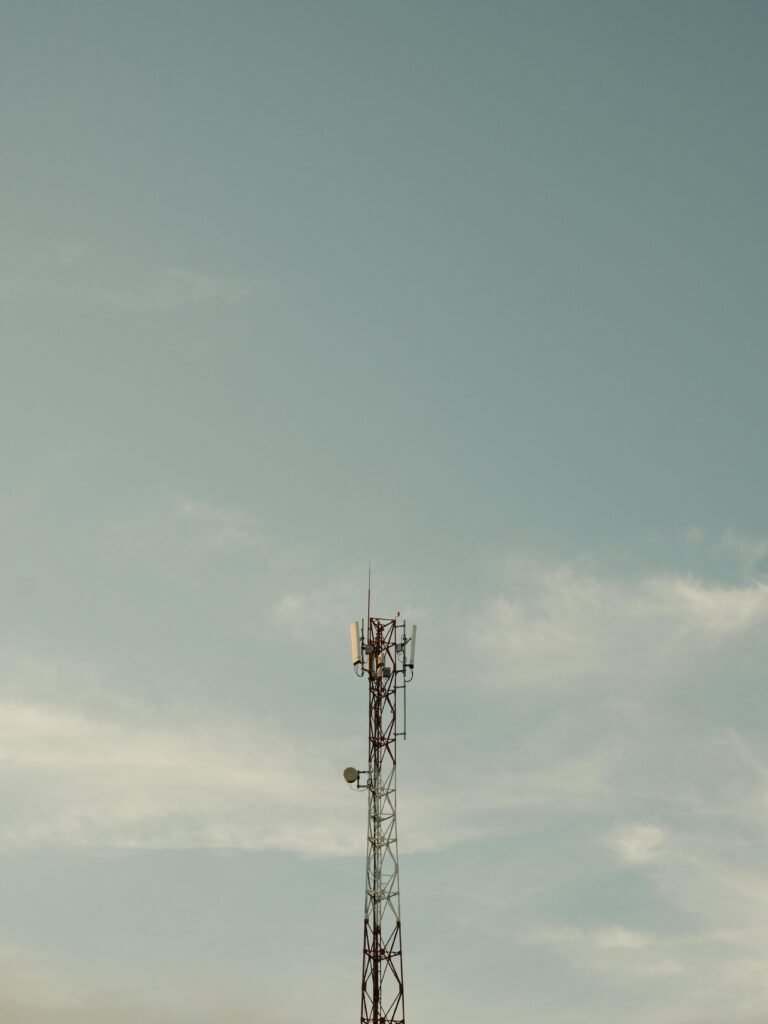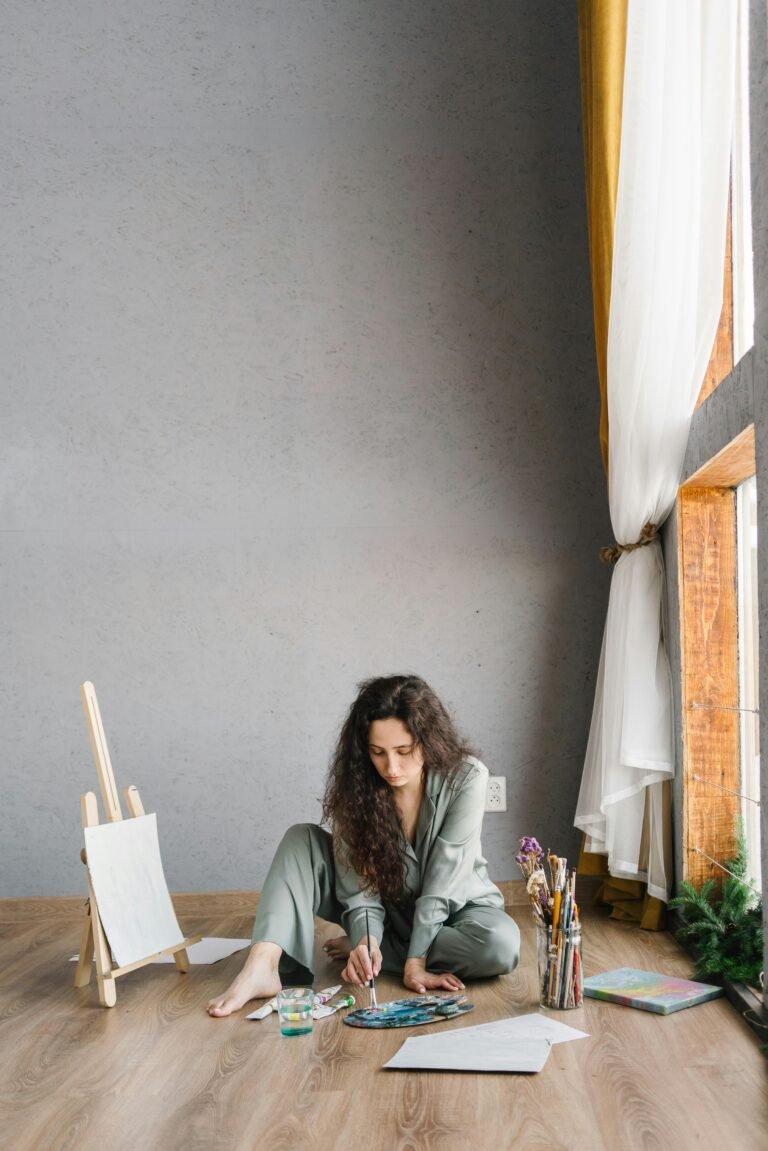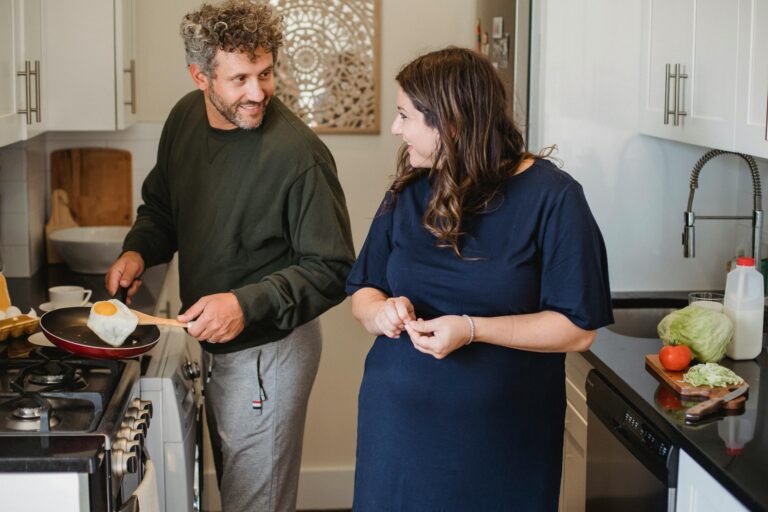Unlocking the Charm of Kitsch: Embracing Quirkiness in Art and Design
Introduction to Kička
Welcome to the vibrant world of Kička! Originating from Eastern European cultures Kička holds a profound significance in various traditions and celebrations. This article delves into the rich history cultural importance and contemporary relevance of Kička exploring its symbolism and artistry.
Understanding Kička Origin and Meaning
Kička pronounced as “keechka” traces its roots back to ancient Slavic cultures. The word itself is derived from the Ukrainian verb “kičaty” meaning “to decorate” or “to adorn.” Initially crafted as decorative motifs Kička evolved to symbolize protection fertility and prosperity in many Eastern European communities.
Kička: Cultural Significance and Symbolism
Kička in Traditional Folklore
In folklore Kička is often associated with mystical beliefs and superstitions. It was believed to ward off evil spirits and bring good fortune to households. The intricate patterns and vibrant colors of Kička were thought to possess magical properties enhancing its protective qualities.
Kička in Contemporary Culture
Today Kička remains deeply ingrained in Eastern European culture transcending generations. It is prominently featured in various festivities including weddings Easter celebrations and folk festivals. Kička motifs adorn traditional garments home decor and religious artifacts serving as a visual representation of cultural identity and heritage.
The Artistry of Kička
Techniques Used in Kička Creation
The creation of Kička is a meticulous process that requires skill and precision. Artisans employ various techniques such as waxresist dyeing and embroidery to craft intricate patterns on fabric or eggs. Each piece of Kička reflects the artist creativity and dedication to preserving traditional craftsmanship.
Variations of Kička Designs
Over the centuries Kička has undergone numerous stylistic variations influenced by regional aesthetics and artistic trends. From geometric motifs to floral designs each Kička pattern carries its own unique symbolism and cultural significance. The versatility of Kička allows artists to experiment with different colors patterns and materials resulting in an endless array of stunning creations.
Kička in Different Cultures
While Kička is most commonly associated with Eastern European traditions its influence extends beyond geographical boundaries. Similar decorative motifs can be found in various cultures around the world showcasing the universal appeal of Kička as a symbol of beauty and craftsmanship.
Celebrations and Events Associated with Kička
Kička plays a central role in many traditional celebrations and rituals. From the intricate eggs exchanged during Easter to the elaborate Kičkainspired decorations adorning wedding ceremonies these customs highlight the cultural significance of Kička as a symbol of joy unity and renewal.
Learning to Make Kička
With its growing popularity there is a renewed interest in learning the art of Kičkamaking. Workshops and classes are being organized to teach enthusiasts the techniques and traditions associated with Kička creation. These educational initiatives not only preserve cultural heritage but also foster creativity and community engagement.
Kička: A Symbol of Unity and Tradition
In today increasingly interconnected world Kička serves as a powerful symbol of unity and tradition. It brings people together transcending language and cultural barriers and fostering a sense of pride and belonging among diverse communities.
The Evolution of Kička in Modern Times
While rooted in tradition Kička continues to evolve in response to contemporary influences and societal changes. Modern artists are reinterpreting Kička motifs in innovative ways incorporating new materials and techniques to create visually striking works of art that resonate with today audiences.
Kička: Preserving Heritage and Identity
As custodians of cultural heritage it is essential to safeguard the legacy of Kička for future generations. Efforts are underway to document and preserve traditional Kička patterns techniques and stories ensuring that this invaluable heritage remains alive and thriving for years to come.
Kička in the Digital Age
The advent of digital technology has opened up new avenues for the promotion and preservation of Kička. Online platforms and social media have become invaluable tools for sharing Kičkarelated content connecting enthusiasts worldwide and inspiring a new generation of artists to carry forward the legacy of this ancient craft.
The Future of Kička
Despite the challenges posed by modernization and globalization the future of Kička looks promising. Its enduring appeal coupled with ongoing efforts to revitalize traditional crafts ensures that Kička will continue to flourish as a symbol of cultural identity and artistic expression.
Challenges and Opportunities in Kička Preservation
However the preservation of Kička faces several challenges including the loss of traditional knowledge environmental degradation and the commercialization of cultural heritage. By addressing these issues and fostering collaboration between communities governments and cultural organizations we can ensure the sustainable preservation of Kička for future generations.
Kička: Inspiring Creativity and Innovation
Despite these challenges Kička remains a source of inspiration and creativity for artists worldwide. Its timeless beauty and cultural significance continue to captivate audiences sparking new interpretations and innovations that keep the tradition alive and relevant in today everchanging world.
Final Word: The Timeless Beauty of Kička
In Kička stands as a testament to the enduring power of art and culture to transcend time and space. Its intricate patterns rich symbolism and deeprooted traditions weave a tapestry of beauty and meaning that enriches our lives and connects us to our shared human heritage.
Unique FAQs About Kička
What materials are traditionally used to make Kička?
Kička is traditionally made using beeswax dyes and raw eggs which are intricately decorated to create stunning patterns.
Is Kička only associated with Easter celebrations?
While Kička is prominently featured during Easter festivities it is also used in various other cultural celebrations such as weddings harvest festivals and folk rituals.
Can anyone learn to make Kička?
Yes Kičkamaking workshops and classes are available for enthusiasts of all skill levels. With patience and practice anyone can master the art of Kička creation.
What is the significance of the colors used in Kička?
The colors used in Kička hold symbolic meaning with each hue representing different aspects of life such as fertility prosperity and protection.
How can I support the preservation of Kička heritage?
You can support the preservation of Kička heritage by participating in cultural events purchasing authentic Kička products from local artisans and spreading awareness about its cultural significance and importance.































+ There are no comments
Add yours